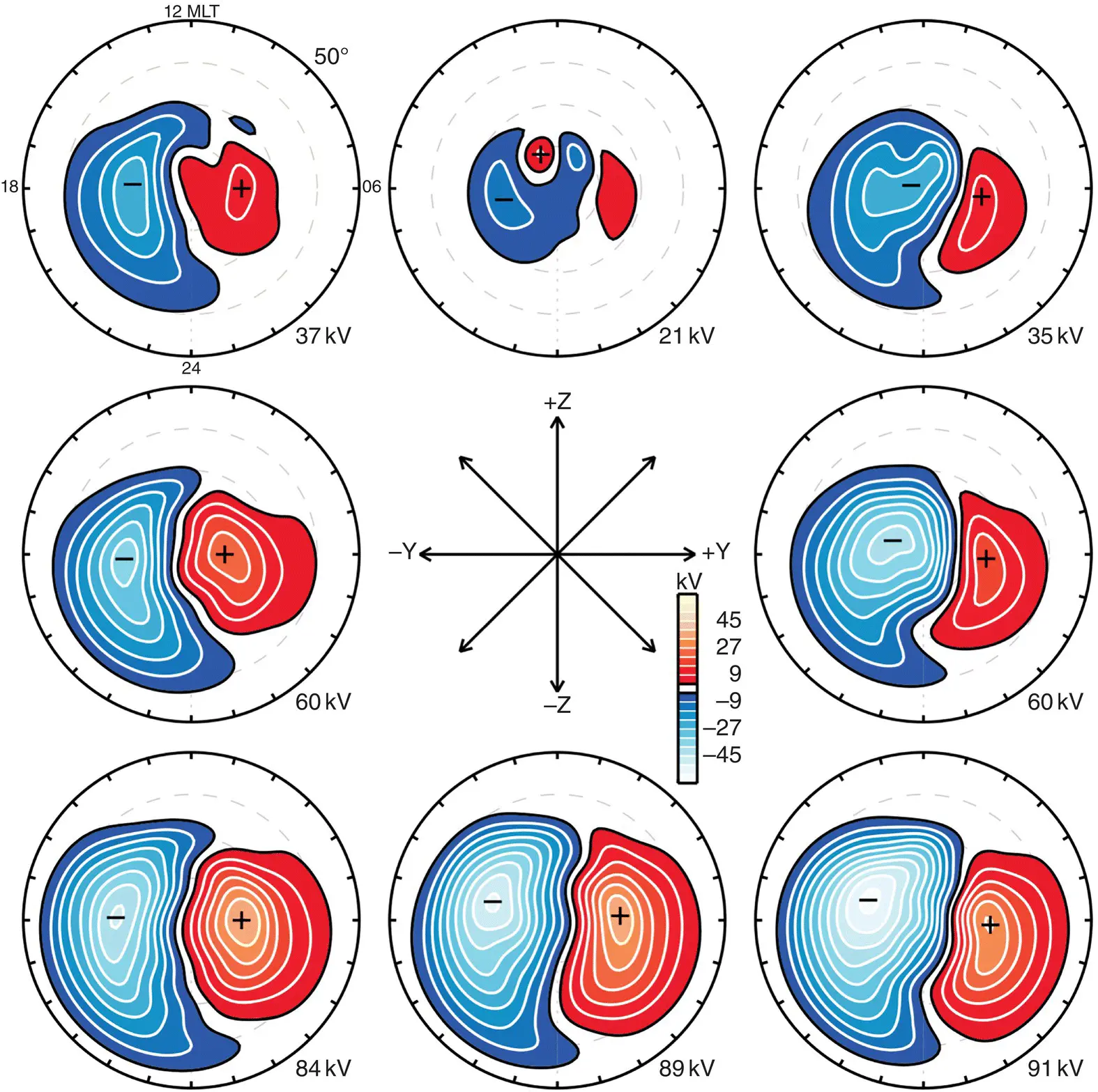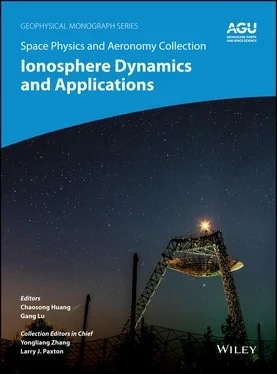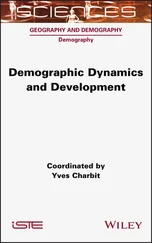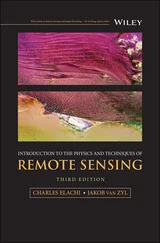Stephen E. Milan1,2, and Adrian Grocott3
1 Department of Physics and Astronomy, University of Leicester, Leicester, UK
2 Birkeland Centre for Space Science, University of Bergen, Bergen, Norway
3 Physics Department, Lancaster University, Lancaster, UK
We review the excitation of high‐latitude ionospheric convection by the interaction of the solar wind with the magnetosphere and the coupling between the magnetosphere and ionosphere. We discuss the role of magnetic reconnection in driving the Dungey cycle of convection, and the influence of frictional coupling between the ionosphere and atmosphere in modifying this convection. The electric current systems that transport stress and momentum throughout the system are described, as well as the magnetic perturbations that they produce on the ground. The system is first described as a steady‐state approximation, and then the time‐dependent expanding/contracting polar cap model of the Dungey cycle is introduced, together with its relation to the substorm cycle.
At high latitudes, the ionized part of the upper atmosphere undergoes a circulation known as convection, driven by the interaction between the magnetized solar wind and the Earth's magnetosphere. It is the purpose of this review to discuss the nature of this ionospheric convection and its causes. More detail on many aspects of the theory discussed here can be found in other recent reviews, including magnetosphere‐ionosphere coupling (Cowley, 2000), magnetic reconnection and convection (Chisham et al., 2008), magnetospheric current systems (Baumjohann et al., 2010; Ganushkina et al., 2015; Milan et al., 2017), and the history of the development of the ideas behind our current understanding of the system (Cowley, 2015; Milan, 2015), including dawn‐dusk asymmetries (Grocott, 2017). At the end of this review, we will place this chapter in the context of the other chapters in this monograph.
Early observations of ionospheric convection were made with low Earth orbit satellites or radar systems with limited temporal cadence and geographical coverage, which allowed the general morphology of convection and its dependence on conditions in the solar wind and the orientation of the interplanetary magnetic field (IMF) to be determined by averaging observations taken over prolonged periods (e.g., Heppner, 1977; Greenwald et al., 1978; Evans et al., 1980; Wygant et al., 1983; Heelis, 1984; Willis et al., 1986; Heppner & Maynard, 1987; Rich & Hairston, 1994; Ruohoniemi & Greenwald, 1996; Weimer, 2005). Figure 2.1presents average convection patterns from one of the most recent examples of such empirical models (Thomas & Shepherd, 2018). The convection is shown as streamlines of the flow, which as will be discussed below are also contours of electrostatic potential. In the main, the convection patterns of Figure 2.1have a twin‐cell configuration with antisunward flow across the poles and sunward flow at lower latitudes, the strength of which depends on the north‐south component of the IMF ( B Z), with dawn‐dusk asymmetries associated with the east‐west component of the IMF ( B Y). These patterns could be understood in the context of the open model of the magnetosphere proposed by Dungey (1961), in which magnetic reconnection occurring at the magnetopause and in the magnetotail drive the Dungey cycle of circulation of magnetic field and plasma in the magnetosphere, with the rate of convection modulated by conditions in the solar wind (e.g., Reiff et al., 1981). Observations from magnetometers on the ground and in space revealed the relationship between convection and large‐scale electrical current systems flowing between the ionosphere and magnetosphere (field‐aligned currents or FACs) (e.g., Zmuda et al., 1966, 1967; Cummings & Dessler, 1967; Iijima & Potemra, 1976a, 1976b, 1978), drawing a link between magnetospheric dynamics and early predictions by Birkeland (1908). In the following years, a rather steady‐state picture of the Dungey cycle prevailed, and an incorrect physical description was developed for the transfer of momentum from the solar wind to the ionosphere by the mapping of electric field from the interplanetary medium along open field lines (e.g., Stern, 1973; Lyons, 1985; Toffoletto & Hill, 1989). However, the last 25 years have seen a major shift in our understanding of the excitation of convection. In section 2.2of this chapter, we describe the terrestrial plasma environment and present the basic physics that governs the coupling of stress within plasmas. Then, in section 2.3, we use this to explain steady‐state convection, including the patterns presented in Figure 2.1, and current systems, within the modern framework.

Figure 2.1 Average convection patterns for different IMF orientations from northward at the top and duskward at the right, for solar wind electric field between 3.0 and 20.0 mV m −1. Each panel is presented in a magnetic latitude (50 o–90 o) and magnetic local time coordinate system, with noon toward the top and dawn to the right. Contours of electrostatic potential are shown in steps of 5 kV. The difference between the maximum and minimum of the potential, which corresponds to the cross‐polar cap potential, is quantified below each panel
(from Thomas & Shepherd, 2018; Reproduced with permission of John Wiley and Sons).
During the 1980s, it became clear that convection could be highly dynamic in response to intermittent phenomena such as changes in the IMF and magnetospheric processes such as substorms (e.g., Kamide & Vickery, 1983; Etemadi et al., 1988; Williams et al., 1989; Moses, 1989). A new, more dynamic picture of the Dungey cycle and its driving of ionospheric convection began to emerge, which recognized that the magnetosphere was driven independently by processes at the magnetopause and in the magnetotail (e.g., Russell, 1972; Holzer et al., 1986; Siscoe & Huang, 1985; Freeman & Southwood, 1988; Lockwood et al., 1990; Cowley & Lockwood, 1992; Lockwood & Cowley, 1992). To test these ideas, it was necessary to find techniques to instantaneously observe flows over large regions of the polar ionosphere, and systems such as the Super Dual Auroral Radar Network (SuperDARN) (Greenwald et al., 1995; Chisham et al., 2007) and Assimilative Mapping of Ionospheric Electrodynamics (AMIE) (Richmond & Kamide, 1988) were developed. Together with spacecraft missions to observe the large‐scale morphology of auroras, such as Polar (Acuña et al., 1997) and the Imager for Magnetopause‐to‐Aurora Global Exploration (IMAGE) (Burch, 2000), and FACs, such as the Active Magnetosphere and Planetary Electrodynamics Response Experiment (AMPERE) (Coxon et al., 2018, and references therein), a new picture of the time‐variability of convection has come about. This is discussed in section 2.4.
2.2 THE MAGNETOSPHERE‐IONOSPHERE SYSTEM
This section provides a tutorial introduction to the morphology of the magnetosphere‐ionosphere system and the plasma physics that determines its dynamics. This will provide the background for sections 2.3and 2.4.
2.2.1 Morphology of the Magnetosphere‐Ionosphere System
Figure 2.2a presents a schematic of the magnetosphere in the Geocentric Solar Magnetospheric (GSM) Y = 0 plane, with the solar wind approaching from the left. The boundary between the magnetosphere and the solar wind, the “magnetopause,” is shown as a black dashed line. The position of the magnetopause is determined by stress balance between the ram pressure of the solar wind and the magnetic pressure exerted outward by the terrestrial magnetic field. To first order, the solar wind cannot penetrate the magnetopause and is deflected around the magnetosphere, over the poles, and around the flanks. Magnetic field lines are represented as red and blue full lines. Inside the magnetosphere, the field is roughly dipolar, formed by electric currents flowing in the Earth's interior. The field strength is 62,000 nT at the surface of the Earth at the poles, but falls to a few tens of nT at the magnetopause. Outside the magnetosphere, the IMF is weaker, approximately 6 nT. This field is carried by the solar wind from the Sun at an average speed of 450 km s −1, and can point in any direction; indeed, the IMF orientation changes on timescales of minutes and hours. In Figure 2.2a, the IMF has been drawn with southward (IMF B Z< 0) and earthward (IMF B X< 0) components; although the Y ‐component is not specified, it is on average the dominant component and, in principle, could point into (IMF B Y< 0) or out of ( B Y> 0) the figure.
Читать дальше













